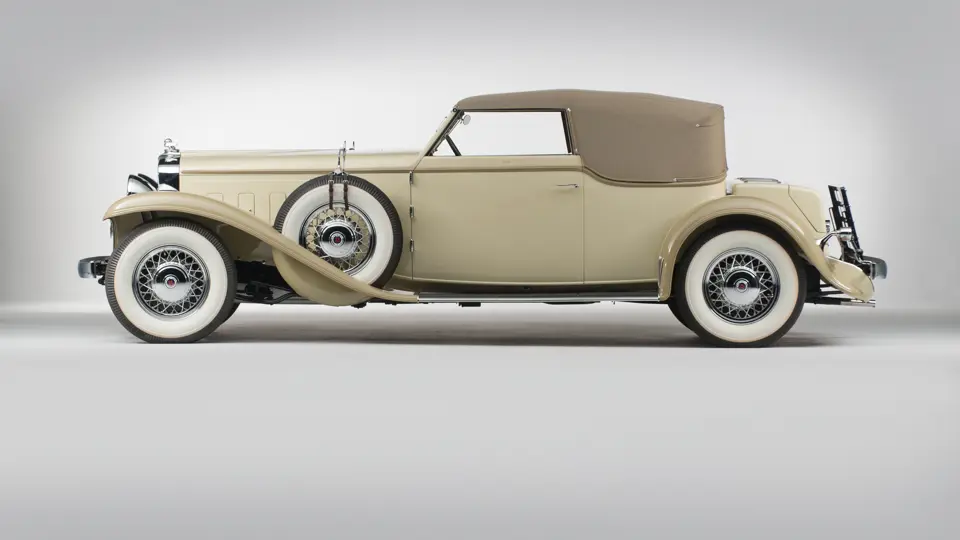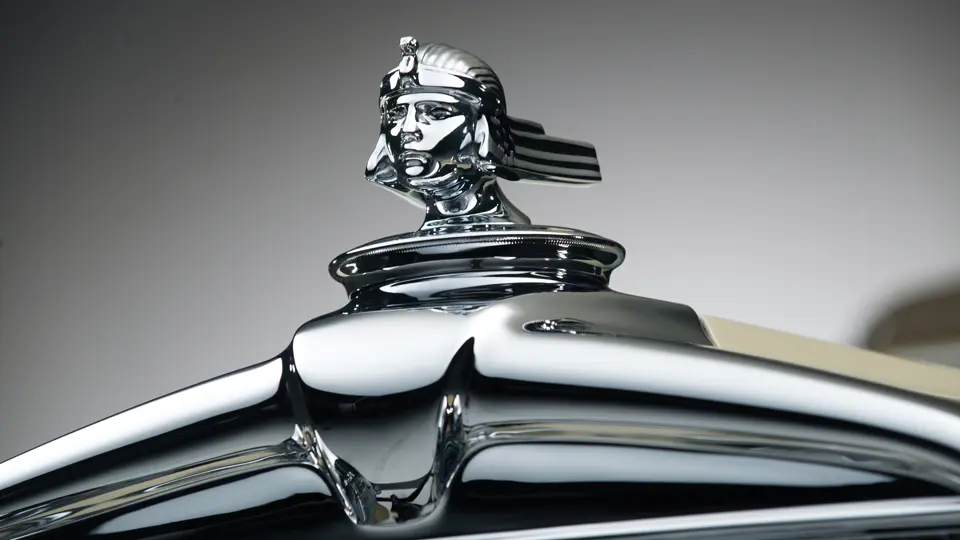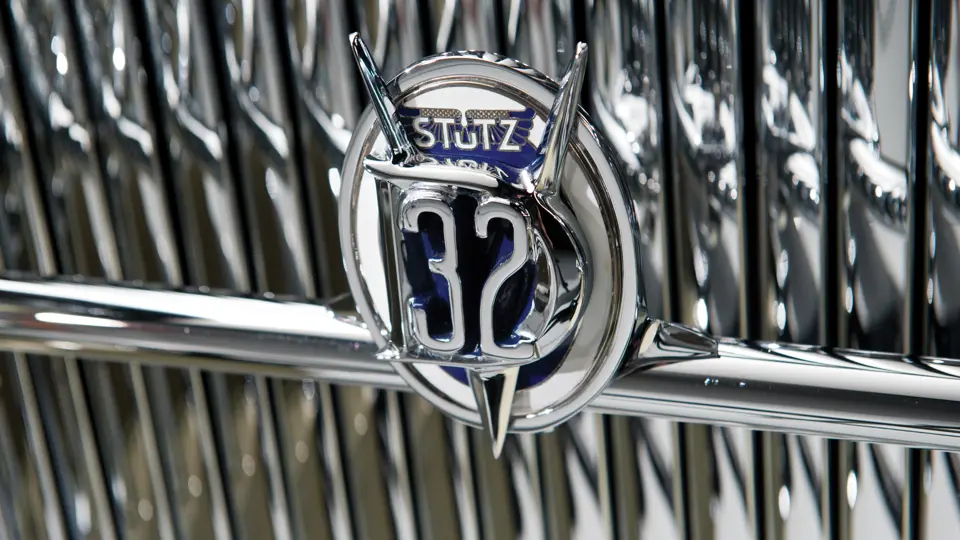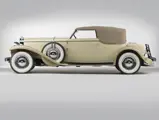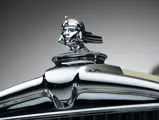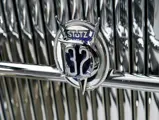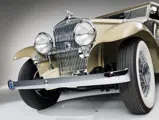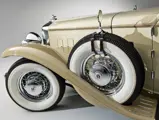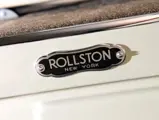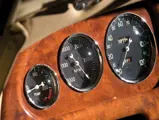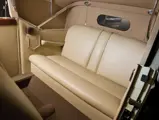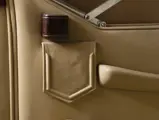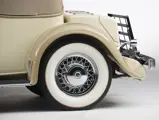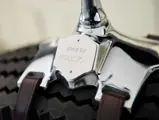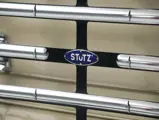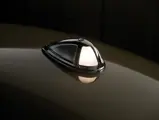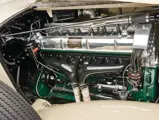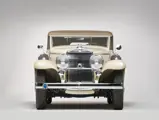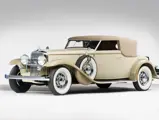
1933 Stutz DV32 Convertible Victoria by Rollston
{{lr.item.text}}
$1,512,500 USD | Sold
{{bidding.lot.reserveStatusFormatted}}
- A genuine DV32 with original engine, chassis, and custom coachwork
- Owned by noted collectors since the 1950s
- Spectacular Meadow Brook and Amelia Island class-winning restoration
- The ultimate Classic Era Stutz
- Ex-Harrah’s collection
156 bhp, 322.1 cu. in. dual overhead camshaft inline eight-cylinder engine, four-speed manual transmission, solid front and live rear axles with semi-elliptic leaf springs, and four-wheel vacuum-assisted hydraulic drum brakes. Wheelbase: 145 in.
“It was the best of times; it was the worst of times.” Charles Dickens wrote it about 18th century France, but it applied just as well to the mood within 1060 North Capitol Avenue, Indianapolis, in 1930. Stutz was in trouble. The successes of competition in the Brass Era had not translated into successes in production in the 1920s, and the company was further weakened by financial shenanigans of top management and the onslaught of the Great Depression. In the end, it would not survive. Nonetheless, in early-1931, amidst all the gloom and doom, Stutz launched the DV32, as fine an epitaph as any automaker would ever write for itself.
The DV32 began with the original Stutz Vertical Eight that had debuted in 1926. Not having the funds on hand to design a completely new engine, the company had made do with this mill for five years, continuously fine-tuning and upgrading it. As the last iteration, the DV32 began with the 322-cubic inch former BB engine, redesigned by Charles “Pop” Greuter, dean of the Stutz engineering department, with double overhead camshafts and angled valves above hemispherical combustion chambers. It was this arrangement that gave the engine its lasting title—it boasted four valves per cylinder, 32 in total, or “Dual Valve-32.”
The upgraded engine produced some 125 horsepower, about the same horsepower-per-cubic-inch ratio of the Duesenberg Model J, taken to the rear axle through a Warner four-speed transmission. Even with heavy bodywork on the long chassis, a DV32 was swift and flexible, capable of 80 mph, and of outrunning just about everything but the inevitable.
Only about 200 examples of the DV32 were delivered during Stutz’s waning days, which finally came to an end in 1935 after a valiant attempt at survival through light truck production. The survivors have long been held among the most valuable and desirable of Stutzes, and they are among the most pleasurable automobiles of their era to drive. Particularly desirable are those sacred few chassis that received custom coachwork.
While its early history is not known, it is likely that this particular DV32 began its life in New York City. There it was delivered to the premises of the Rollston Company, the Big Apple’s most prestigious coachbuilder for three decades. While other American body makers were noted for their flamboyance or their conservatism, Rollston was perhaps the most versatile, capable of creations that spanned the spectrum of good taste. They produced fabulous town cars, roadsters, phaetons, and limousines alike, their designs united only by peerless build quality and bank account-exhausting cost.
The DV32 offered here was treated to a variation of Rollston’s Convertible Victoria, a five-passenger design utilized on several different chassis during the Classic Era. This design was ordinarily quite formal, with a high beltline, long doors, and rather squared-off proportions, befitting a two-door automobile that would on occasion be driven by a chauffeur. This particular car, body number 530, was given a more aggressively slanted windshield, which resulted in a car of an entirely different personality. Even in the subdued original colors of Sierra Sandstone and Antique Veridian Green over beige leather upholstery, the Stutz appears vaguely menacing, the angled glass serving to lower the roof and lengthen the proportions of the car.
The car’s history has been traced back to 1952, when it was acquired by Carl Pennrich, of Greenwood Lake, New York, further indicating that its original owner was likely one of Rollston’s many local customers. In 1960, Pennrich sold the Stutz to William Harrah, in whose vast Reno warehouses it would remain for over a quarter century. As a long-term exhibit at Harrah’s Automobile Collection, the Stutz became a very well-known example to enthusiasts and remained a large, complete, correct, and original car that was properly kept. A two-page color spread of the car, painted its then-current maroon, appeared in Volume Two, Number One, of Automobile Quarterly, illustrating an article on Stutz by D. Cameron Peck.
After the Harrah Collection was dispersed, the Stutz found its way into the hands of noted collector Richard Scott, who got it running and driving again and reports that it was a “bulletproof car.” After several years spent in Scott’s collection, it passed through the hands of noted collectors Joseph Cassini and David Kane, before coming into the ownership of the current enthusiast owner, a longtime aficionado of the Stutz and other fine Classic Era marques. Immensely knowledgeable of what he owns, he endeavored to have the car exquisitely restored, after which it achieved Second in Class at the Pebble Beach Concours d’Elegance in 2006, Best in Show at the Glenmoor Gathering and Best in Class at Amelia Island in 2007, and Best in Class at the Meadow Brook Concours in 2009. The car remains in exquisite overall condition and is ready to continue its illustrious concours career with pride under new ownership.
The original Stutz may have been “the car that made good in a day,” but as memories of the Bearcat faded into the board track dust, it was the DV32 that made certain that the company would be remembered. The Rollston Convertible Victoria offered here is as fine an example of the ultimate Stutz as it exists today, demonstrating the meaning of high-speed American luxury as few cars have, before or since.

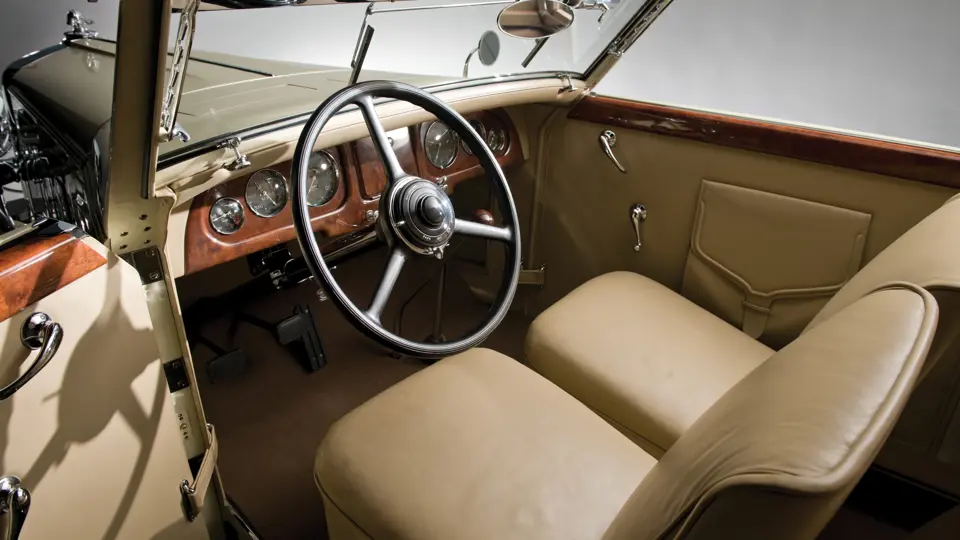


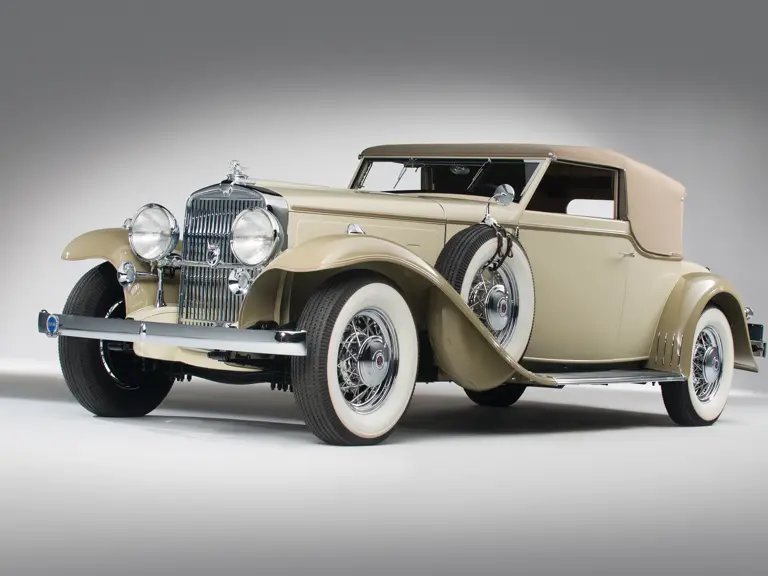
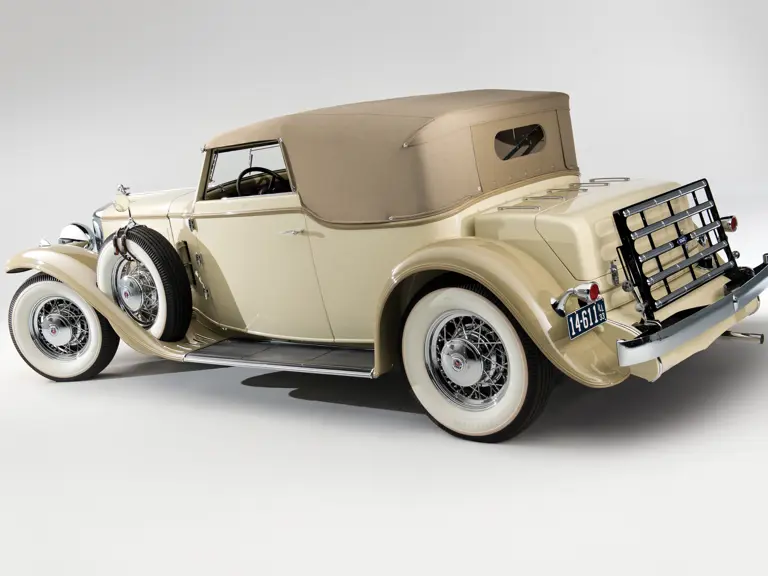


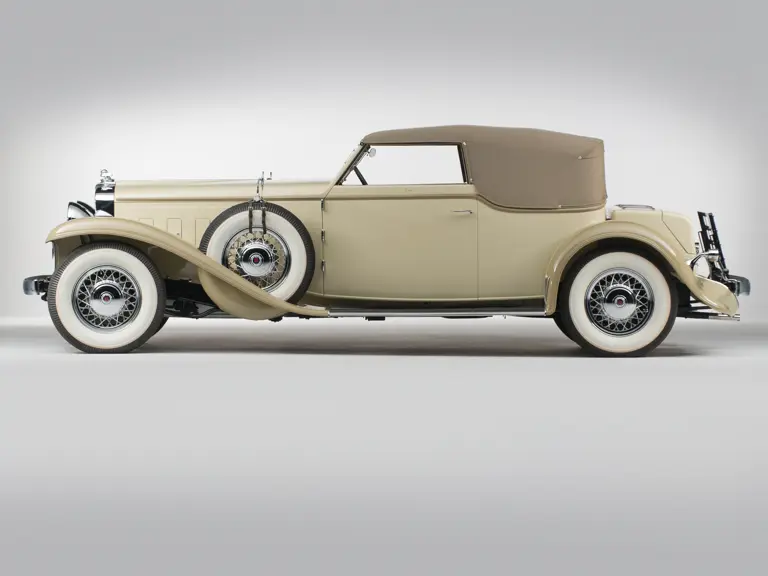


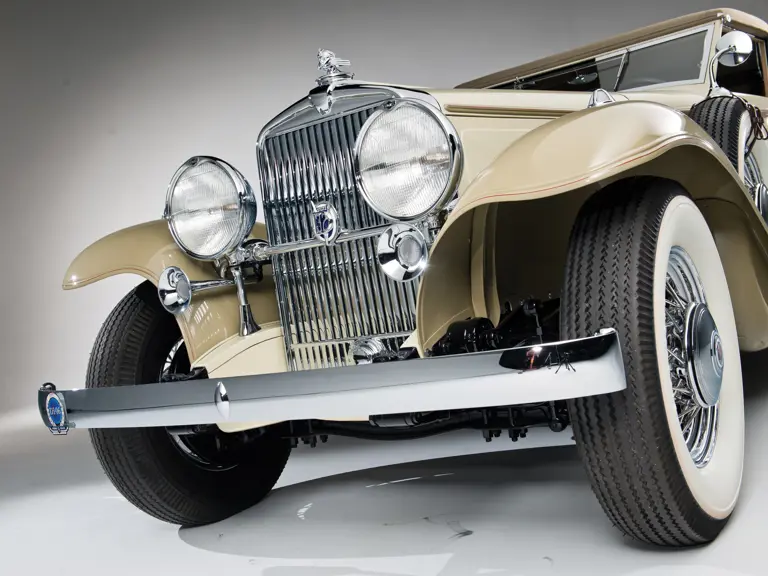
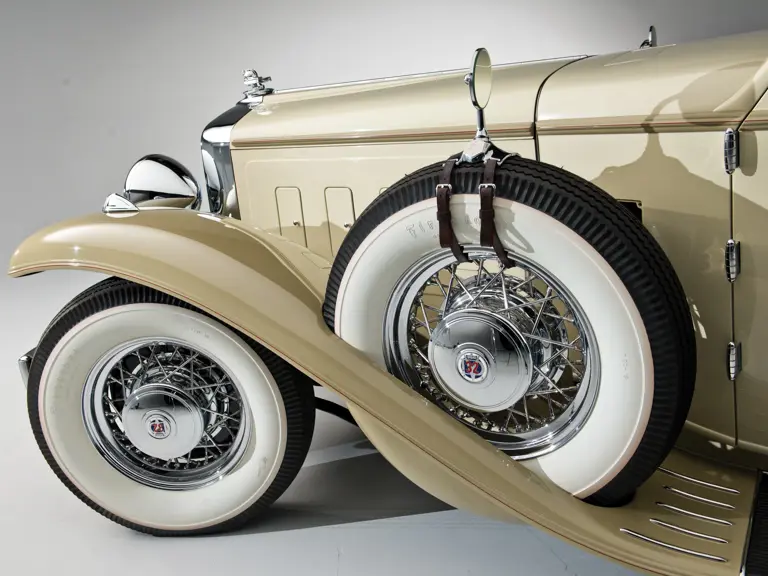
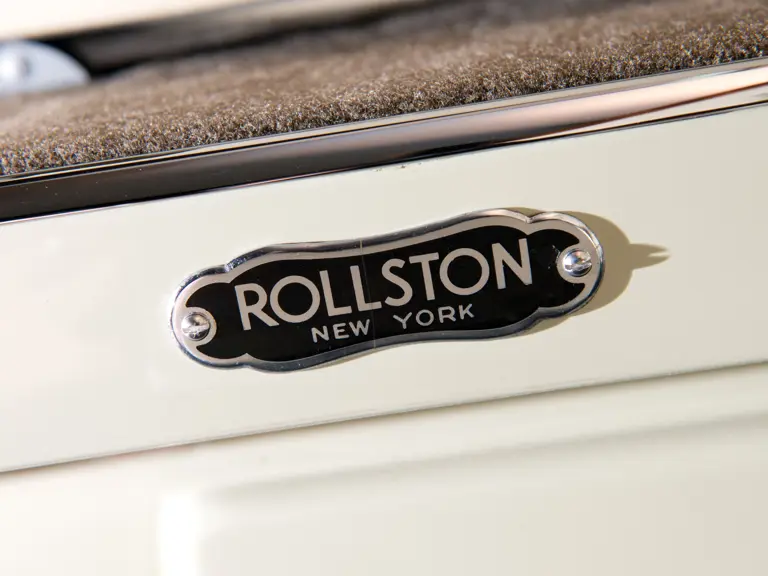
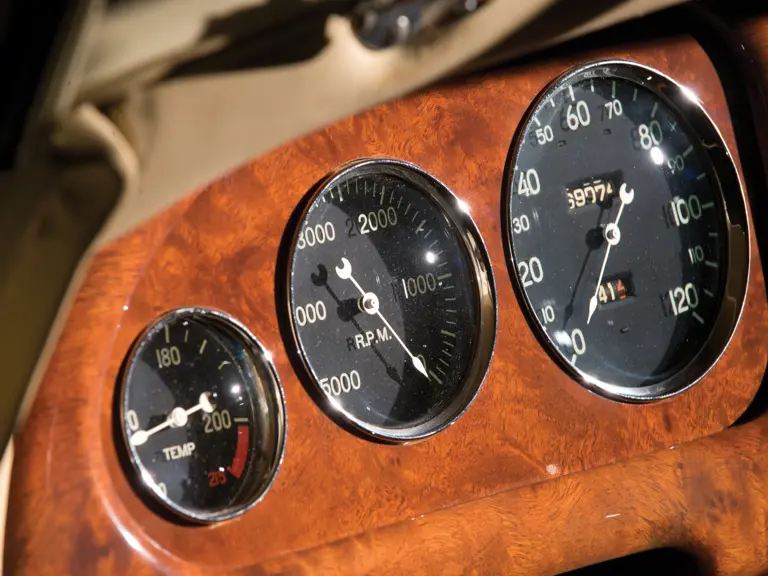
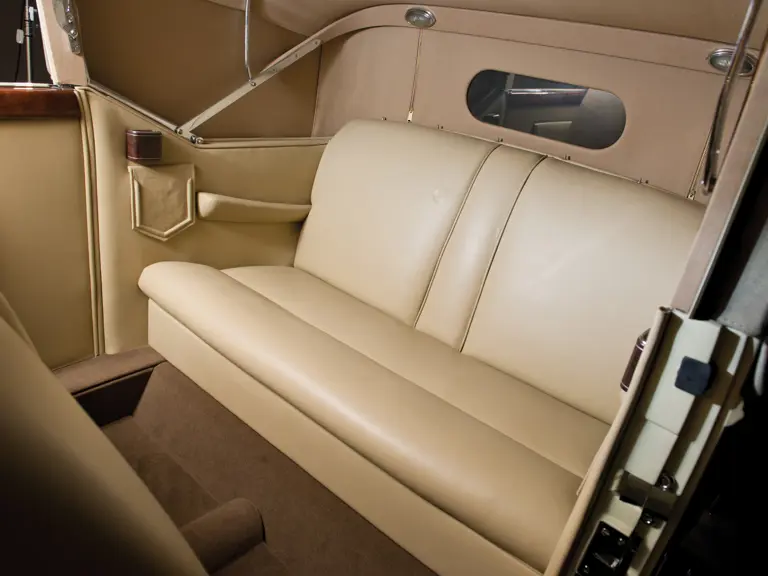

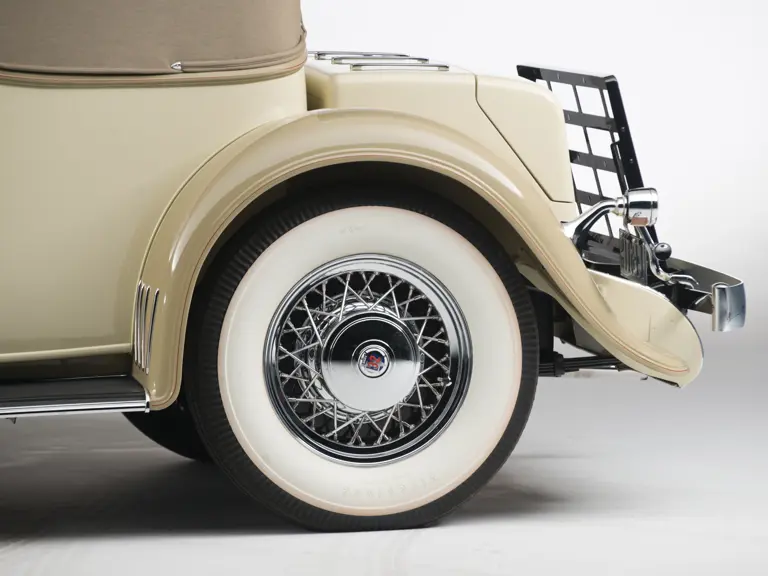
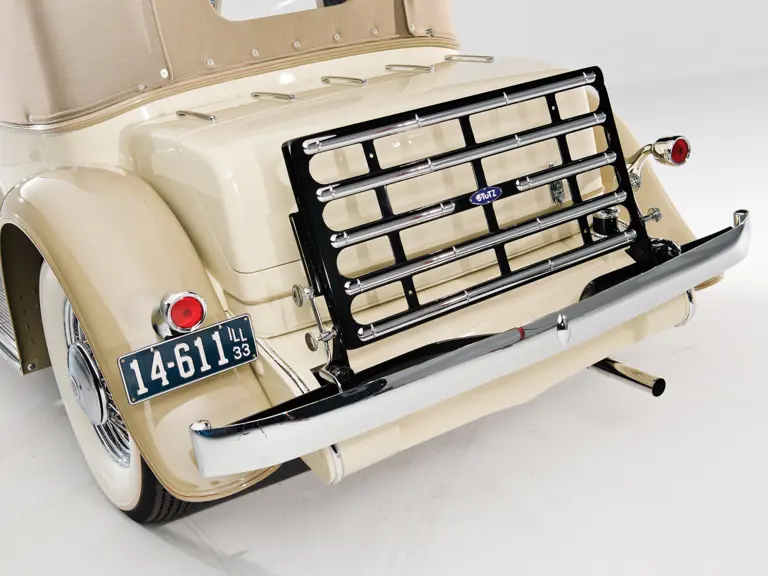
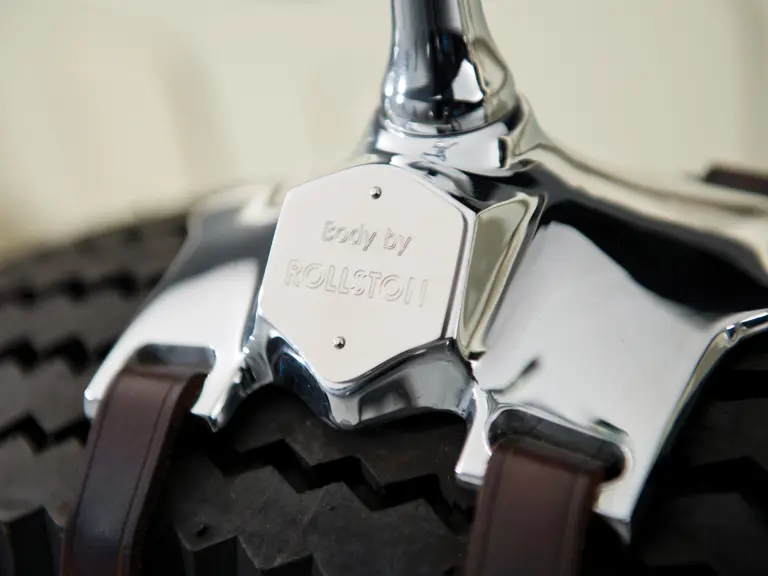
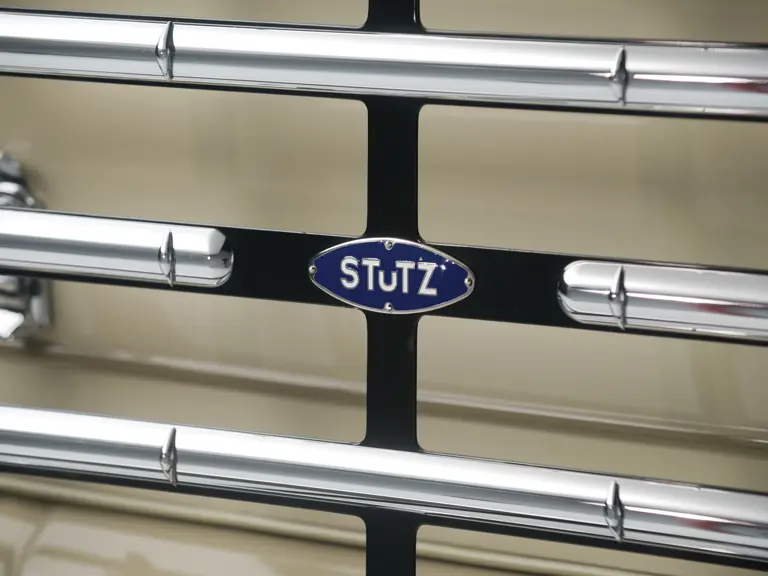
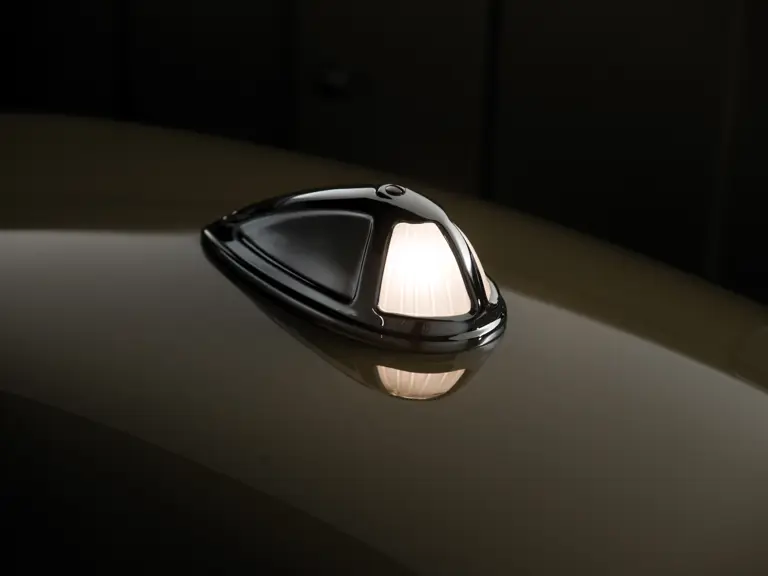
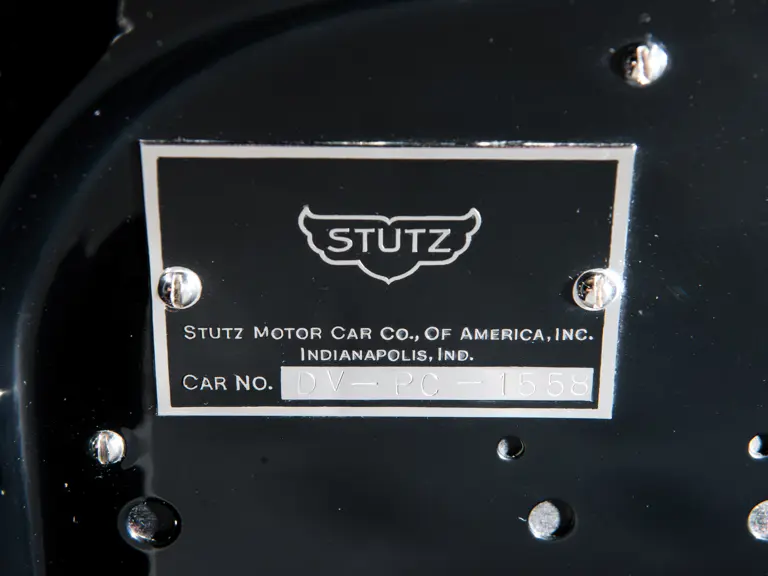
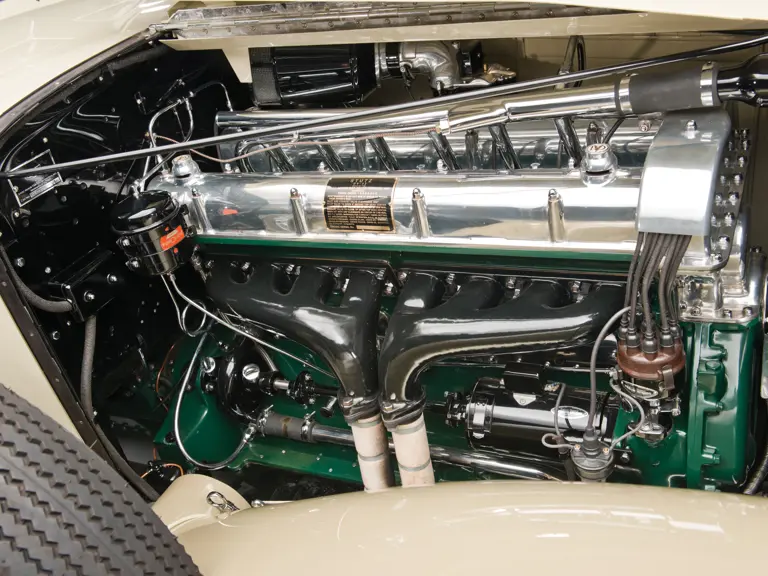
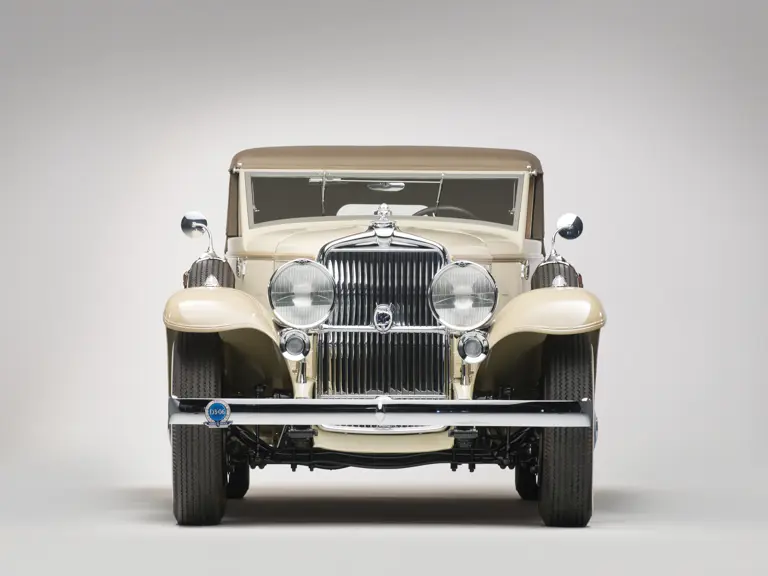
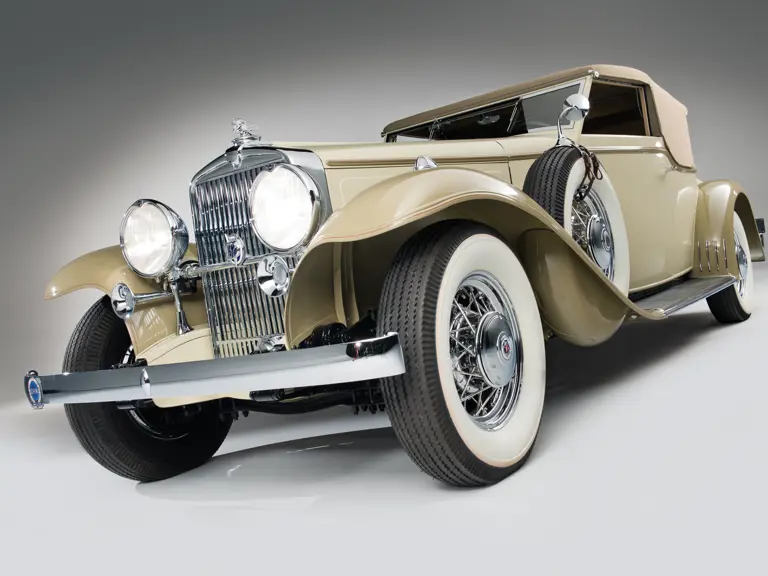
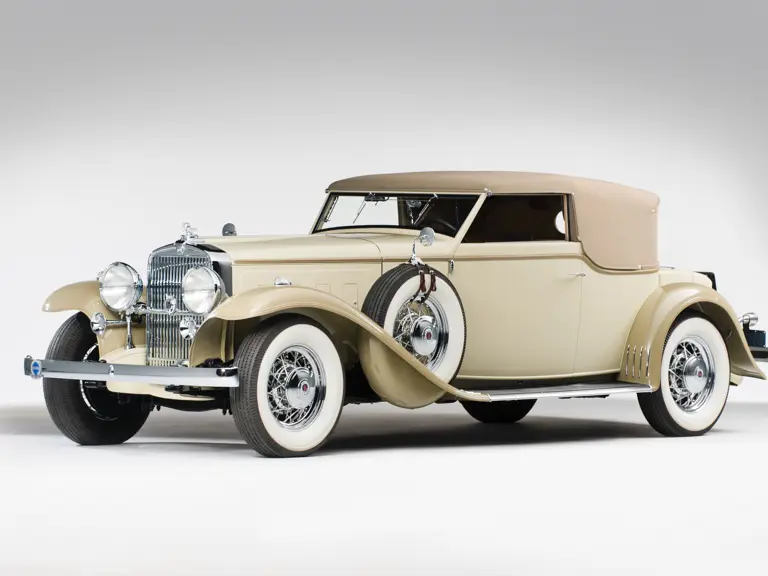
 | Amelia Island, Florida
| Amelia Island, Florida
